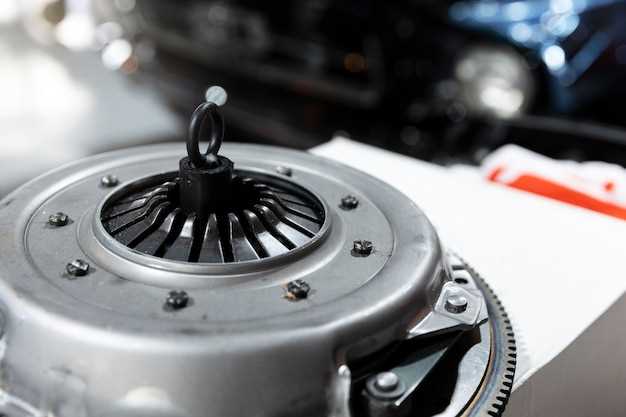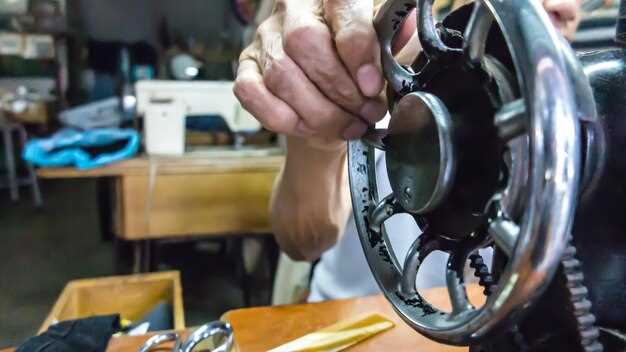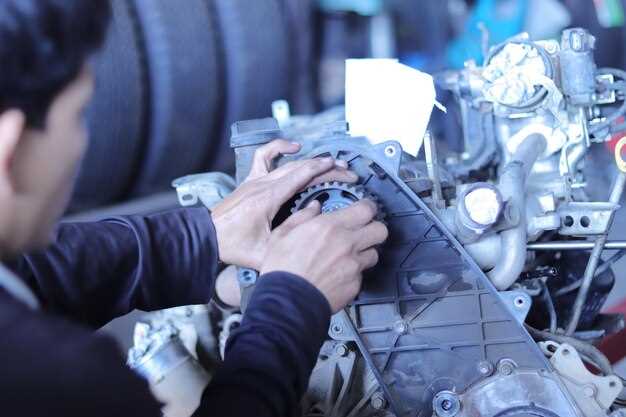
Upgrading your vehicle’s differential can significantly enhance its performance on the track. A racing differential is designed to provide improved traction, better handling, and faster acceleration, making it a critical component for any serious racer. Whether you’re a seasoned veteran or a newcomer to the world of racing, understanding how to properly install a diff is essential for maximizing your vehicle’s potential.
This step-by-step guide will walk you through the entire process of installing a racing differential, from preparation to final adjustments. We’ll cover the necessary tools and equipment, safety precautions, and detailed instructions to ensure a successful installation. With the right approach, you can elevate your racing experience and gain the competitive edge you’re looking for.
By the end of this guide, you will have the confidence and knowledge to complete the installation of a racing differential yourself, empowering you to take your performance to the next level. Let’s dive in and get started!
Choosing the Right Racing Differential for Your Vehicle

Selecting the appropriate racing differential is crucial for optimizing your vehicle’s performance on the track. One of the primary factors to consider is whether you need a limited-slip differential (LSD) or a standard open diff. An LSD provides better traction by allowing power to be distributed to the wheel with the most grip, which is essential in racing conditions.
Next, assess your vehicle’s specifications and the type of racing you intend to pursue. Different types of racing, such as drifting, circuit racing, or drag racing, may require different types of diffs. For instance, a clutch-type LSD typically delivers excellent performance for track racing, while a helical LSD may be preferable for smoother operation in a drifting setup.
Furthermore, consider the gear ratios associated with the differential. A higher gear ratio can enhance acceleration, which is beneficial for quick circuit laps, while a lower ratio may be more suitable for high-speed tracks. Ensure that the diff you choose complements your vehicle’s overall gearing strategy.
Additionally, take into account the installation compatibility with your car. Some diffs may require specific axle splines or modification to the existing configuration, which can add to installation time and costs. Researching your vehicle’s differential type and specifications is vital to a seamless upgrade.
Lastly, the budget should influence your decision. Racing diffs can vary significantly in price, and while it might be tempting to opt for a less expensive option, investing in a high-quality LSD or diff could lead to better long-term performance and durability. Always balance cost with the necessary performance benefits to make the right choice for your racing needs.
Essential Tools and Safety Precautions for Installation

When installing a racing differential, particularly a limited-slip differential (LSD), having the right tools is crucial to ensure a smooth and successful process. Here are the essential tools you will need:
- Socket Set: A complete set of metric and SAE sockets is necessary for removing and tightening bolts.
- Torque Wrench: This tool ensures that bolts are tightened to the manufacturer’s specifications, which is critical for the performance of your racing differential.
- Jack and Jack Stands: Proper lifting equipment is essential for safely elevating the vehicle to access the differential.
- Wheel Chocks: Place these behind the wheels to prevent movement while you are under the car.
- Breaker’s Bar: This is useful for loosening stubborn bolts that may not easily yield to a regular socket wrench.
- Pry Bar: A pry bar may assist in overcoming any resistance when removing or installing the differential.
- Leak Detection Dye: This is handy for checking seals and ensuring that there are no leaks after the installation of the LSD.
In addition to tools, taking safety precautions is vital during the installation process:
- Wear Protective Gear: Always use safety glasses and gloves to protect against sharp edges and potential splashes from fluids.
- Work in a Well-Ventilated Space: Make sure the workspace is adequately ventilated, especially if you’re working with solvents or paints.
- Secure Your Vehicle: Before starting, ensure your car is parked on a flat surface, and engage the parking brake to prevent accidental rolling.
- Disconnect the Battery: To avoid electrical hazards, ensure that the car battery is disconnected before beginning the installation.
- Have a Fire Extinguisher Nearby: Always keep a fire extinguisher on hand when working with flammable materials or tools.
By gathering the necessary tools and adhering to these safety precautions, you can ensure a safe and effective installation of your racing differential.
Step-by-Step Process for Installing an LSD Racing Differential
Installing a Limited Slip Differential (LSD) is essential for enhancing your vehicle’s performance on the racetrack. Follow these steps for a successful installation of your LSD racing diff.
- Gather Necessary Tools and Materials
- Socket set
- Torque wrench
- Pry bar
- Gear oil
- New differential fluid seal
- Shop towels
- Safety goggles and gloves
- Prepare the Vehicle
Start by securely lifting the vehicle using jack stands. Remove the wheels and ensure that you have ample space to work on the differential.
- Remove the Existing Differential
Drain the differential oil by removing the drain plug. Next, detach the drive shafts and any supporting brackets connected to your existing diff. If necessary, use a pry bar to help release it.
- Clean the Differential Housing
Once the old diff is out, clean the housing thoroughly. Remove any old gasket material to ensure a proper seal during installation.
- Install the LSD Racing Differential
Carefully place the LSD into the differential housing. Align it correctly with the drive shafts and ensure that all gears are properly meshing.
- Secure the Differential
Tighten all mounting bolts to the manufacturer’s specifications using a torque wrench. Double-check all connections for any potential leaks.
- Reattach Drive Shafts
Carefully reconnect the drive shafts to the LSD. Ensure they are secured and free of any play. Replace any worn or damaged components if necessary.
- Fill with Differential Oil
Using a funnel, fill the LSD with the recommended racing differential oil. Check the owner’s manual for the exact fluid specifications.
- Reassemble the Vehicle
Reattach the wheels and lower the vehicle from the jack stands. Ensure that all components are properly secured.
- Test Drive
Take the vehicle for a short test drive to check for any unusual noises or behavior. Monitor the performance and confirm that the LSD is functioning correctly.
Following this step-by-step process will help ensure that your new LSD racing differential is installed correctly, enhancing your vehicle’s capability on the track.



